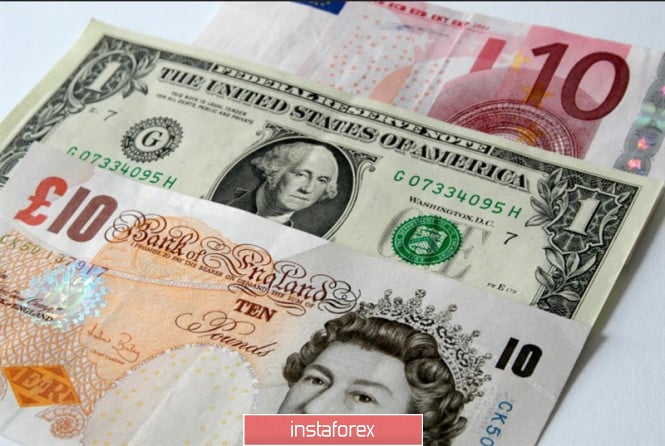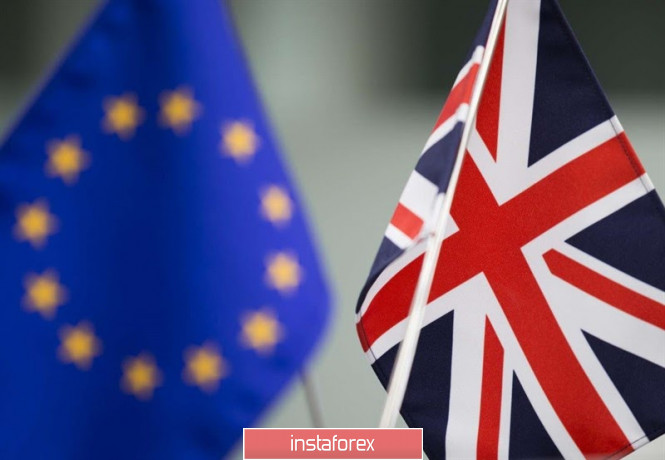
The EUR/USD pair fell out of the four-month range of 1.10–1.12 towards the end of the previous week. The euro reached a local low near 1.0940 against the dollar on Friday. The last time the main currency pair was spotted at this level was early October 2019. Up to a multi-year low, 1.0878 remains within easy reach. It is possible that the decline in EUR/USD, which began in early January, is the start of the trend towards strengthening the US dollar, which will lead to growth by about 10% within a few months.
Amid a worsening risk appetite in global markets, the greenback is in demand as a safe haven. At the same time, the yield on the US public debt, despite the recent decline, is still the highest among developed countries. Thus, the dollar simultaneously acts both as a highly profitable currency and as a defensive asset.
The United States remains firmly on its feet, while alarming fears for the state of the European economy are growing, expectations for an expansion of the quantitative easing (QE) policy in the eurozone are growing, and confidence is growing that the Federal Reserve interest rate will remain unchanged.
"Coronavirus has a particularly strong impact on investor confidence in Europe, as market participants are well aware of the vulnerability of the region's economy to external shocks. Such vulnerability was shown during the trade war between the United States and China, as well as amid the continuing threat hanging over its automotive sector," analysts at JPMorgan Chase noted.
"If the eurozone economy cannot escape the low growth swamp, then the inflow of foreign capital to the region's stock market may stop, or even turn into an outflow," they added.
JPMorgan revised the forecast for EUR/USD at the end of the year to the downside (from 1.14 to 1.11) and warns about the risks of an intermediate fall of the pair to 1.08.
Following the euro, it lost ground against the dollar and the pound. In addition to strengthening the greenback, pressure on the British currency is worrying that the UK will not be able to negotiate a deal with the European Union during the transitional period after Brexit.

Last week, the GBP/USD pair completed at 1.2880 - in the area around which it revolved from the end of October to the beginning of December 2019. Therefore, the nearest boundaries of its fluctuations are likely to be the levels of 1.2800 and 1.3000. However, the drop in GBP/USD over the past week by as much as 320 points suggests that it may not be able to stay in the specified range. In this case, the next target of the bears could be the levels of 1.2400-1.2580.
The situation with Brexit and the monetary policy of the Bank of England makes the pound's prospects very vague.
"We do not consider the pound to be a structurally or fundamentally undervalued currency, as the UK is turning into a country with prospects for low growth and low rates. In addition, do not forget about the uncertainty in trade negotiations with the EU," strategists at JPMorgan said.
"The trade negotiations between London and Brussels will inevitably create a news buzz that could pull down the pound," they said.
The bank lowered its forecast for GBP/USD for the first quarter from $1.32 to $1.27, and at the end of the year from 1.33 to 1.30.
The material has been provided by InstaForex Company - www.instaforex.com